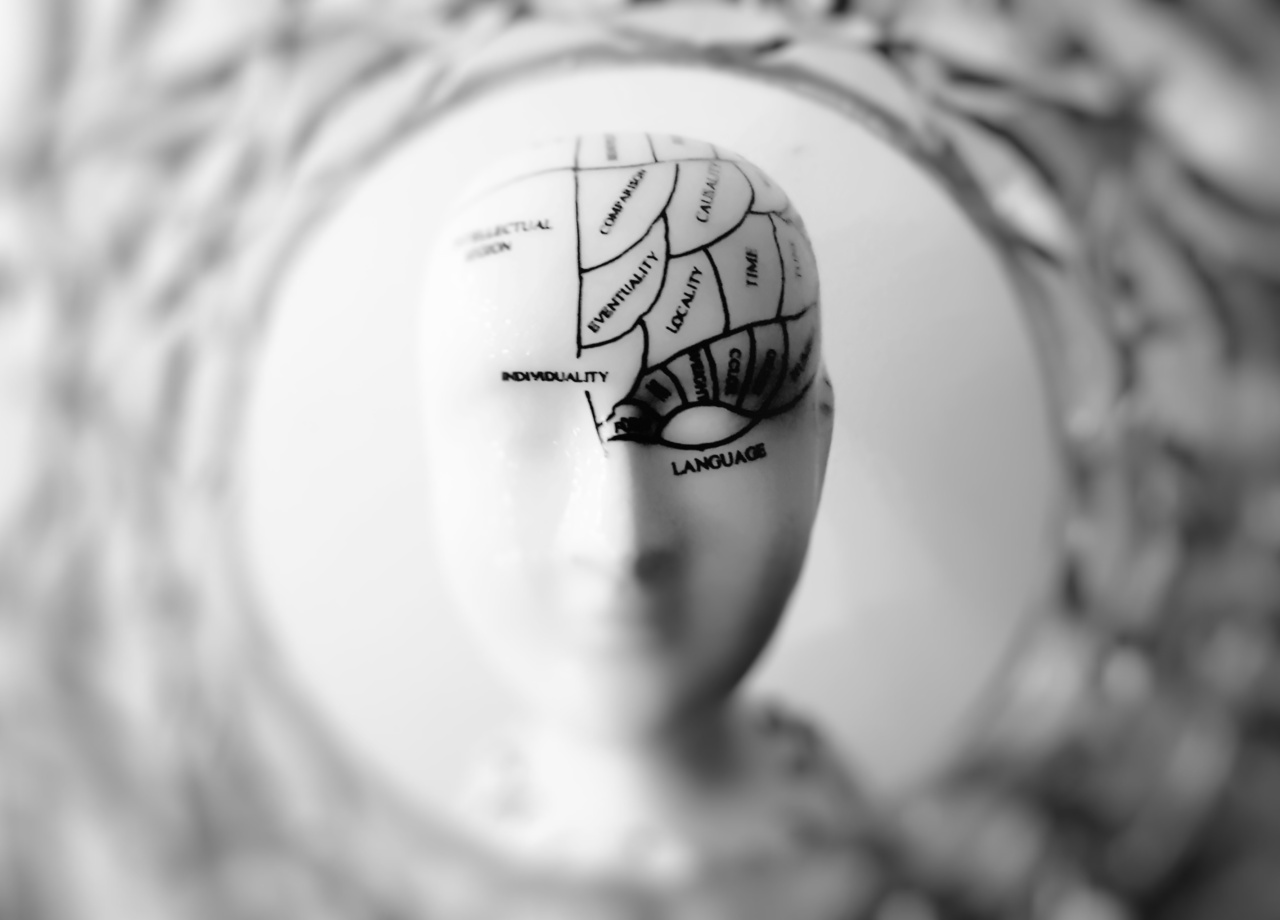Orthostatic hypotension refers to a drop in blood pressure that occurs when a person stands up from a sitting or lying down position. It is a common condition that affects a significant number of people, particularly the elderly.
While orthostatic hypotension is often considered a benign condition, recent research suggests that it may pose risks to brain function. This article explores the potential dangers of orthostatic hypotension on the brain and discusses ways to mitigate these risks.
Understanding Orthostatic Hypotension
Orthostatic hypotension occurs when the body is unable to regulate blood pressure effectively upon changes in posture.
When a person stands up, blood pools in the lower extremities due to gravity, leading to a temporary decrease in blood flow to the brain. This drop in blood pressure can result in dizziness, lightheadedness, and even fainting. While occasional episodes of orthostatic hypotension may be normal, chronic or frequent occurrences can indicate an underlying health issue.
The Brain’s Need for Adequate Blood Flow
The brain requires a constant and sufficient supply of oxygen and nutrients to function optimally. Changes in blood pressure can disrupt this delicate balance and have adverse effects on brain health.
When orthostatic hypotension leads to reduced blood flow to the brain, brain cells may not receive the necessary oxygen and nutrients, impeding their ability to perform essential functions.
Impact on Cognitive Function
Studies have linked orthostatic hypotension to cognitive decline and an increased risk of developing dementia.
Cerebral hypoperfusion, which occurs when there is inadequate blood flow to the brain, may contribute to the deterioration of cognitive abilities. Individuals with orthostatic hypotension may experience difficulties with memory, attention, and problem-solving. Prolonged and severe cerebral hypoperfusion can even lead to irreversible brain damage.
Increased Risk of Stroke
Orthostatic hypotension has also been associated with an increased risk of stroke. Sudden drops in blood pressure could trigger an insufficient blood supply to parts of the brain, resulting in a stroke.
The decreased blood flow can cause brain cells to become damaged or die, leading to long-term neurological deficits. It is crucial for individuals with orthostatic hypotension to monitor their blood pressure regularly and take appropriate measures to manage the condition.
Orthostatic Hypotension and Falls
Frequent episodes of orthostatic hypotension may increase the risk of falls, especially in elderly individuals. The sudden drop in blood pressure can cause dizziness or fainting, compromising balance and stability.
Falls can have devastating consequences, such as fractures, head injuries, and further complications in older adults. Adequate management of orthostatic hypotension is essential to prevent falls and maintain overall well-being.
Causes and Risk Factors
There are various factors that can contribute to the development of orthostatic hypotension. Some common causes include dehydration, medication side effects, neurological conditions, and cardiovascular diseases.
Age is also a significant risk factor, as the natural aging process affects the body’s ability to regulate blood pressure efficiently.
Managing Orthostatic Hypotension
While orthostatic hypotension may pose risks to brain function, there are measures individuals can take to improve their condition and reduce associated dangers. Here are some strategies to manage orthostatic hypotension:.
1. Stay Hydrated
Dehydration can exacerbate orthostatic hypotension symptoms. It is essential to maintain adequate fluid intake throughout the day, especially in warm weather or during physical activity.
Dehydration can be prevented by drinking water regularly and avoiding excessive caffeine or alcohol consumption.
2. Avoid Abrupt Position Changes
Rapid movements from sitting or lying down to standing can trigger blood pressure drops. To minimize the risk, it is advisable to rise slowly, allowing the body time to adjust to the change in posture.
This can help prevent sudden drops in blood pressure and reduce the likelihood of dizziness or fainting.
3. Compression Garments
Wearing compression stockings or garments can help improve blood flow and prevent blood pooling in the legs, reducing the risk of orthostatic hypotension.
These garments work by applying pressure to the lower extremities, facilitating circulation and maintaining adequate blood pressure.
4. Medication Review
If orthostatic hypotension is a side effect of any prescribed medications, consulting with a healthcare professional to explore alternative options or adjust dosages may be beneficial.
Some medications, such as alpha-1 blockers or diuretics, can contribute to blood pressure fluctuations, worsen orthostatic hypotension, or interfere with effective management strategies.
5. Elevate the Head of the Bed
Raising the head of the bed by a few inches can help reduce the drop in blood pressure that occurs upon standing.
This simple modification can minimize the effects of orthostatic hypotension and improve blood flow to the brain, decreasing the risk of cognitive decline and other related complications.
6. Regular Exercise
Engaging in regular physical exercise can help improve cardiovascular health and promote blood pressure regulation.
However, it is essential to consult with a healthcare professional before starting any exercise program, especially for individuals with existing health conditions or concerns.
7. Dietary Modifications
Following a balanced diet that includes an appropriate intake of sodium can aid in managing orthostatic hypotension. Sodium helps regulate fluid balance and can help increase blood volume, improving blood pressure stability.
However, it is important to consult a healthcare provider who can recommend appropriate sodium intake based on individual health needs and existing medical conditions.
Conclusion
While orthostatic hypotension is usually considered a benign condition, it is crucial to recognize the potential risks it poses to brain function.
Individuals with orthostatic hypotension should be proactive in managing their condition to mitigate the adverse effects on cognitive function and overall brain health. By staying hydrated, adopting lifestyle modifications, and seeking medical guidance, individuals can reduce the risks and promote better outcomes in the face of orthostatic hypotension.





























